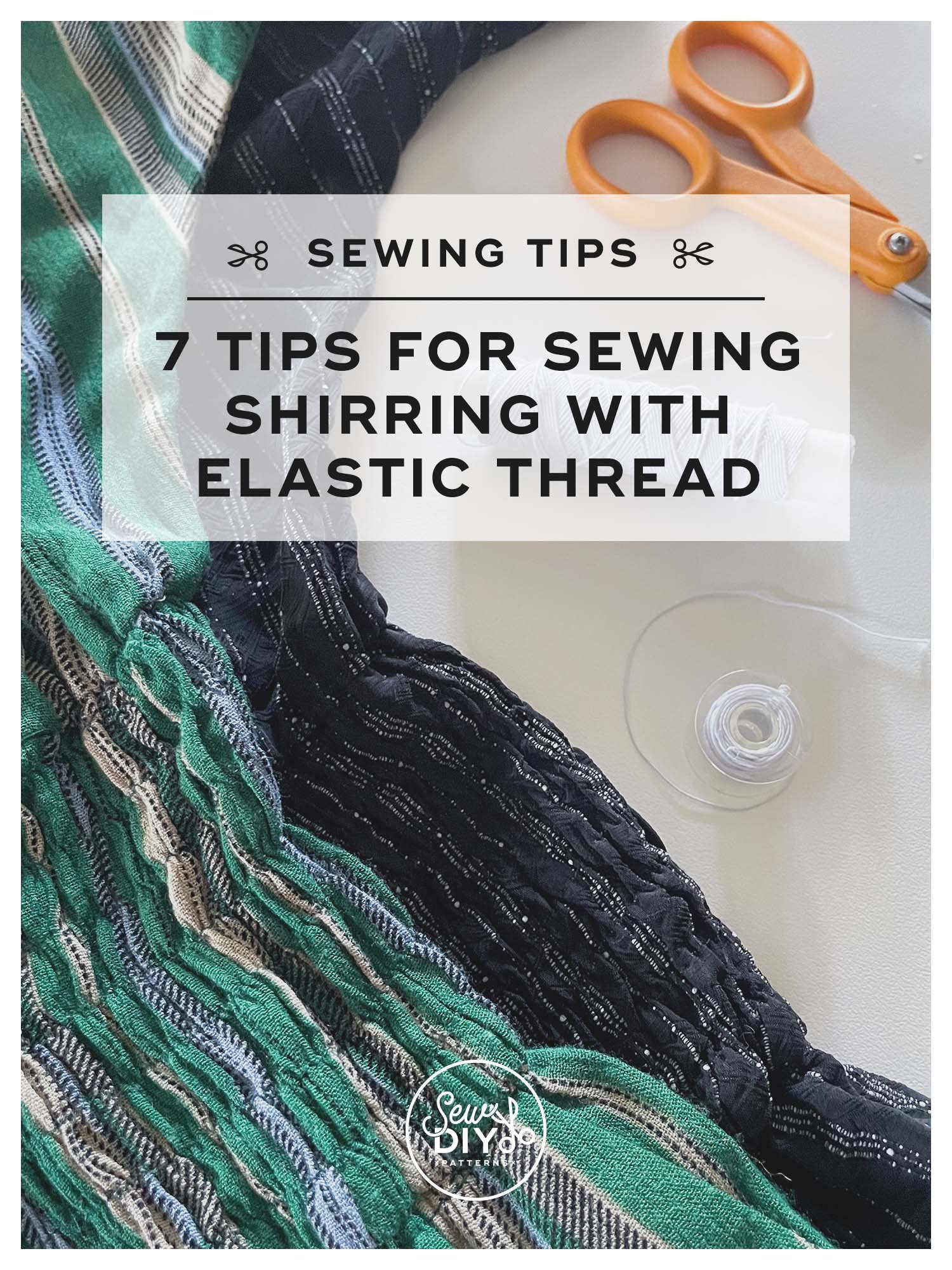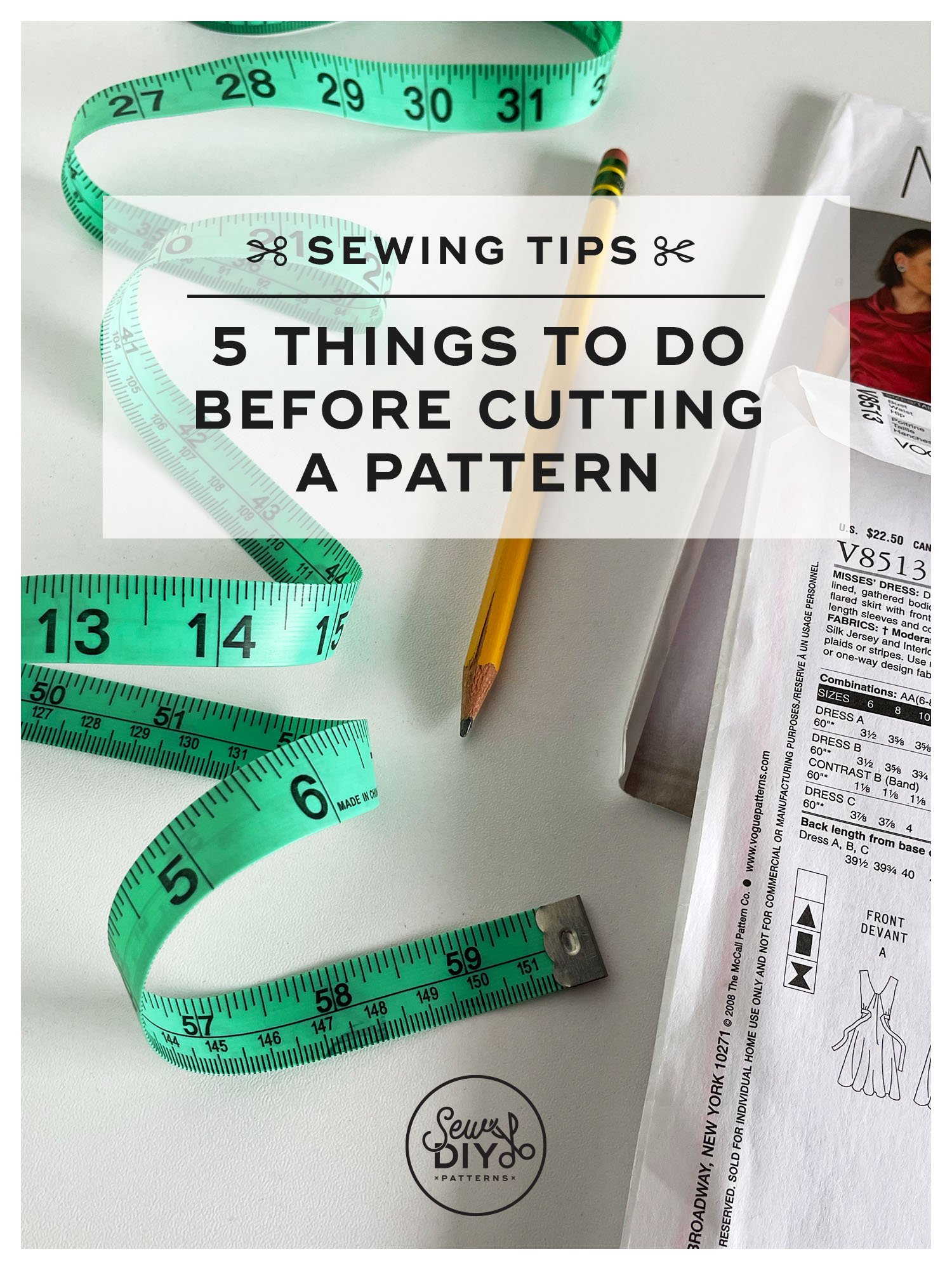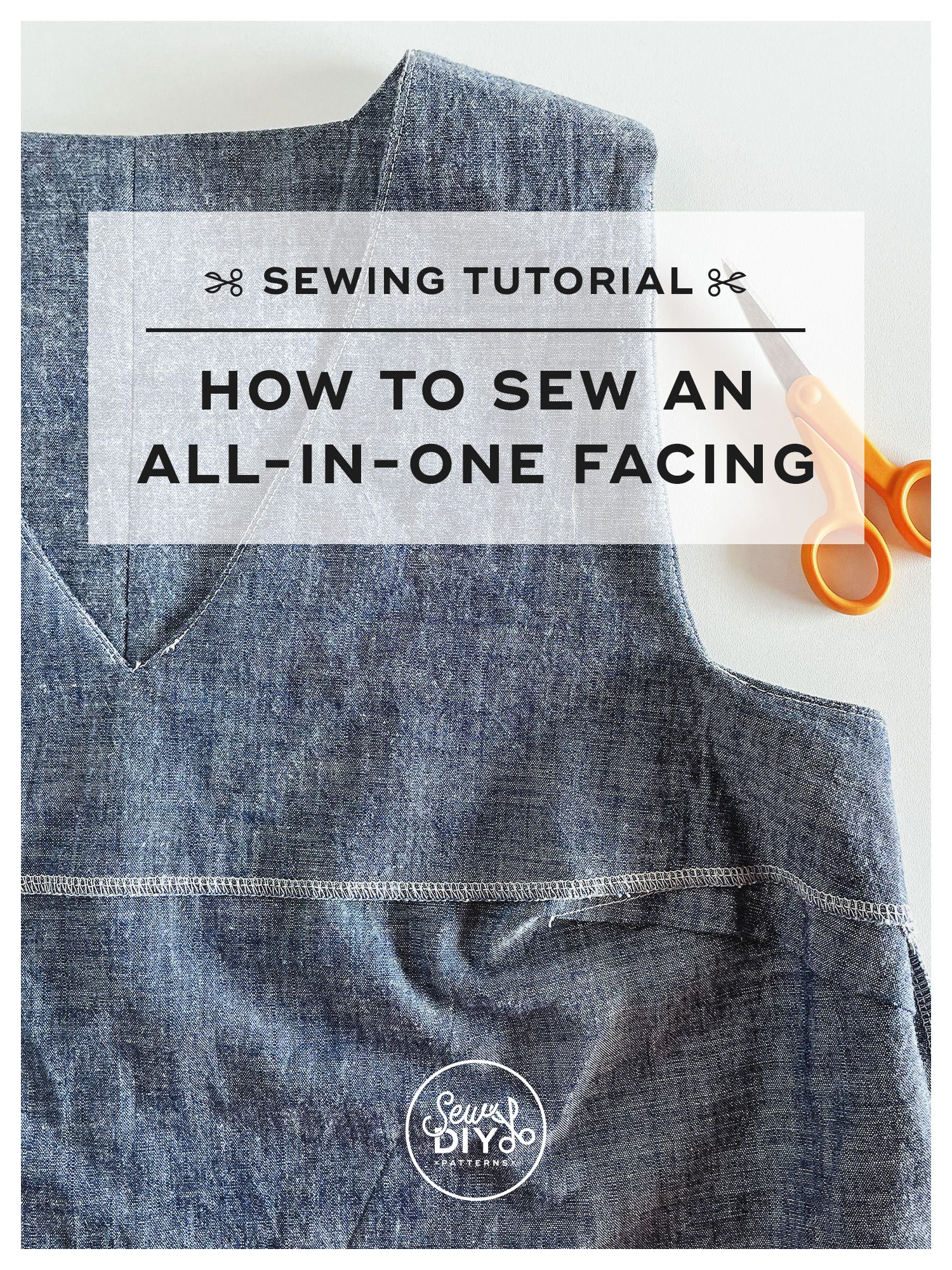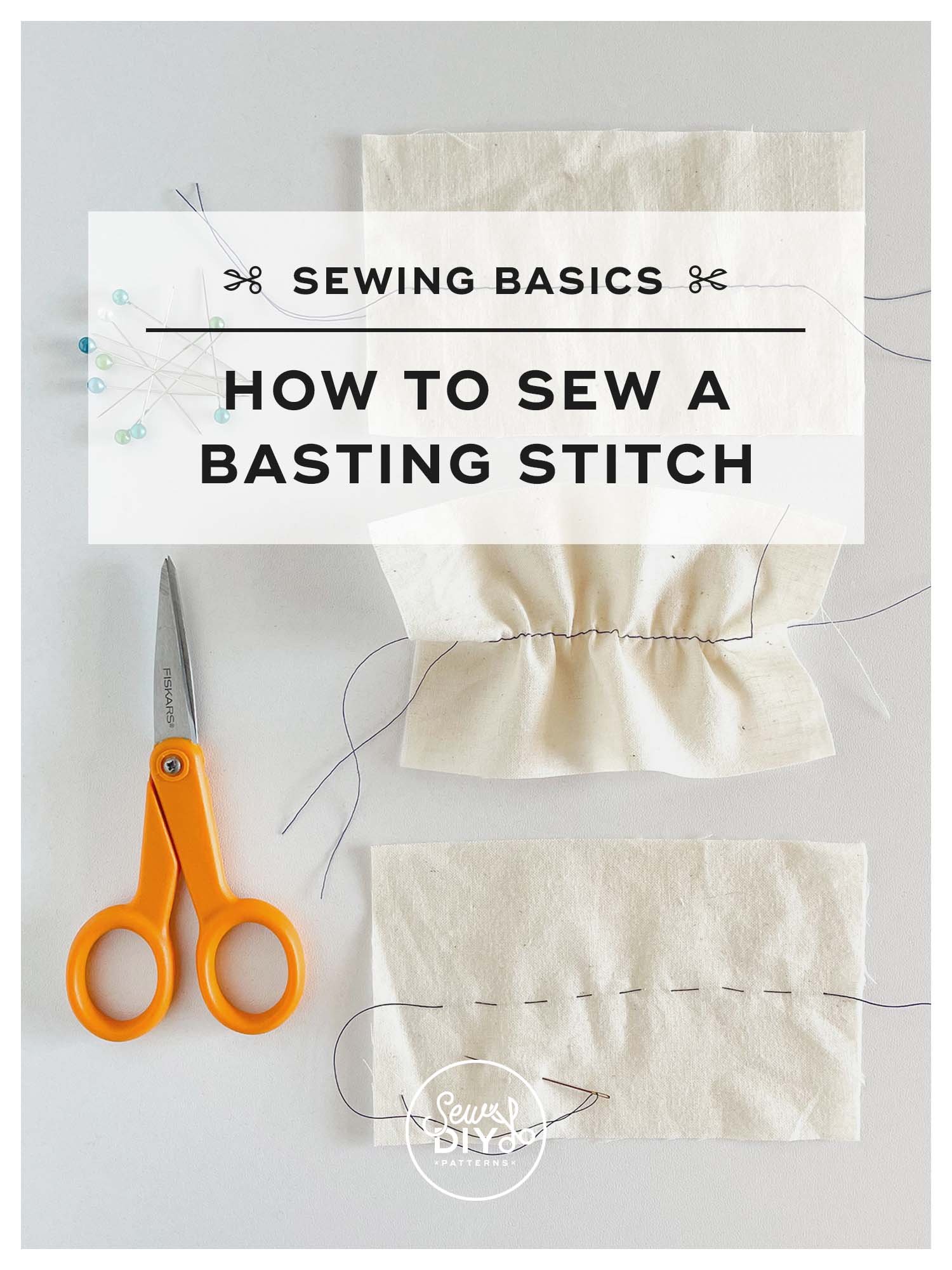One reason people often recommend starting off sewing a skirt rather than pants is that skirts are usually much easier to fit than pants. That crotch curve can create all sorts of fitting dilemmas and one of the easiest to solve is the rise, also called the crotch depth or crotch length. In today’s video tutorial, I’ll show you how to shorten and lengthen the crotch depth evenly across the front and back. And as a bonus, I’ll show you how to adjust only the back rise. This is a really simple pattern adjustment to make and very useful if you are petite or tall (like me!)
How to Print and Assemble PDF Sewing Patterns
Today’s video is a big one! I share my top reasons why pdf patterns are awesome (just in case you’re not already convinced). Then I share my top tips for how to successfully print pdf patterns (including the printer settings you need to make sure the entire pattern prints on the page). And finally I show how to efficiently assemble and cut the pattern. I even show you the techniques I learned in design school for safely using an exacto knife or blade. I’ve never cut off a finger using these techniques so hopefully it will help you and keep your fingers safe too!
Tips for How to Use a Twin Needle - VIDEO TUTORIAL
One of the best ways to finish off your knit projects is to use a twin needle to stitch the hem. The great thing about a twin needle is that it can be used on any conventional sewing machine (as long as the needle plate can accommodate the width of the two needles) but sometimes it can be challenging to use.
In today’s video, I’ll give you some tips that you can use to trouble shoot your twin needle stitching.
1) Use wooly nylon thread
2) Use wash away adhesive sewing tape
3) Adjust the bobbin tension (I’m a little reluctant to recommend this and have never actually done it so PROCEED WITH CAUTION. I suspect it could work because a lot of the issues around twin needles is that the bobbin thread is too tight. But, it could be challenging to change the tension back. So, research it. On my Brother CS6000i, the only way to get it to work with elastic thread in the bobbin is to adjust the bobbin tension and it was recommended to buy a second bobbin case expressly for that purpose.)
4) If your machine has it, use the twin needle setting. (I’m using a Janome Memory Craft in this example and it makes a noticeable difference when I use the twin needle setting.)
5) Thread the machine according to your machine’s manual. (And thread each thread separately, not both at the same time.)
6) If you’re still having problems, do a google search for your specific machine. Other people might have posted about it.
I hope that you’ve enjoyed this video. I have a whole series of YouTube videos planned focused on tips and tutorials for sewing with knits. In case you missed it, make sure to check out last week’s video “How to Adjust Serger Tension". And if you haven’t done so already, I’d be so grateful if you subscribe to my channel on YouTube.





















